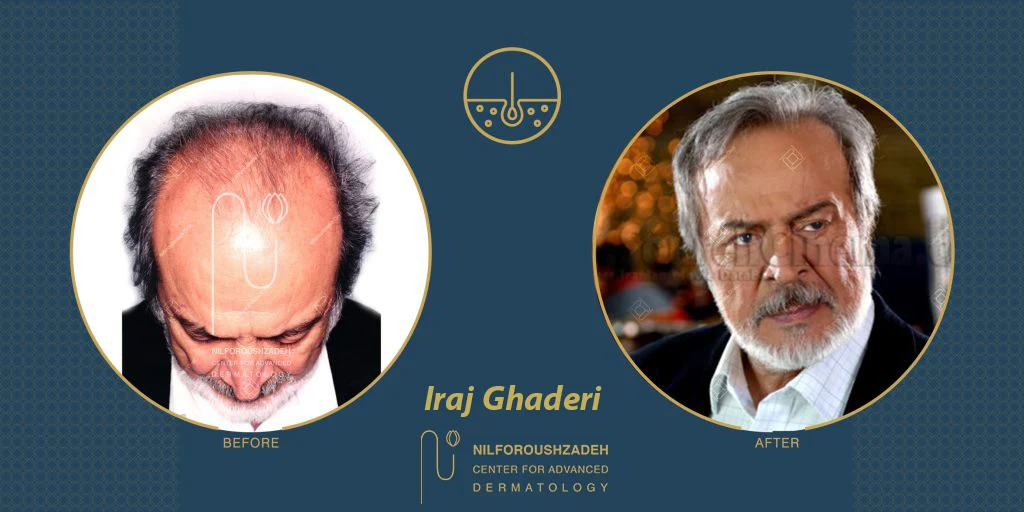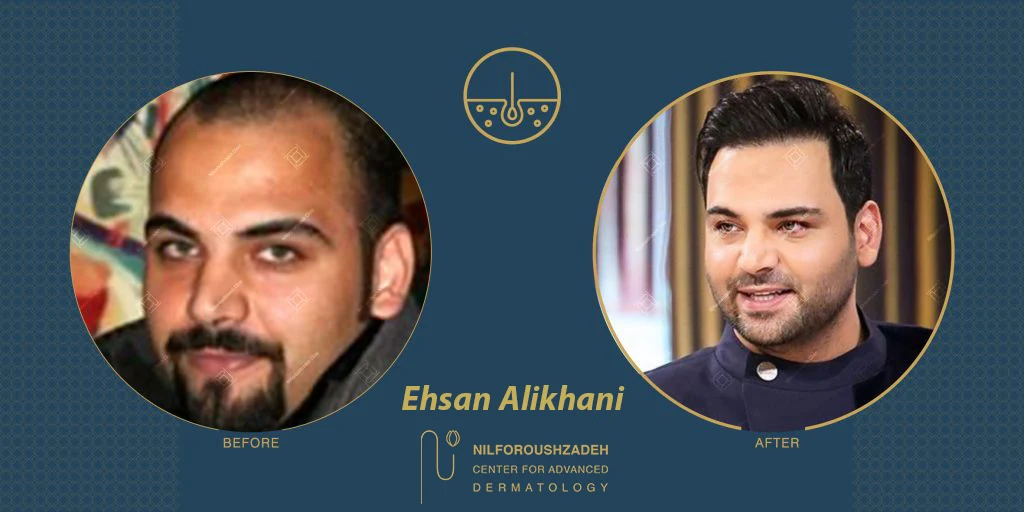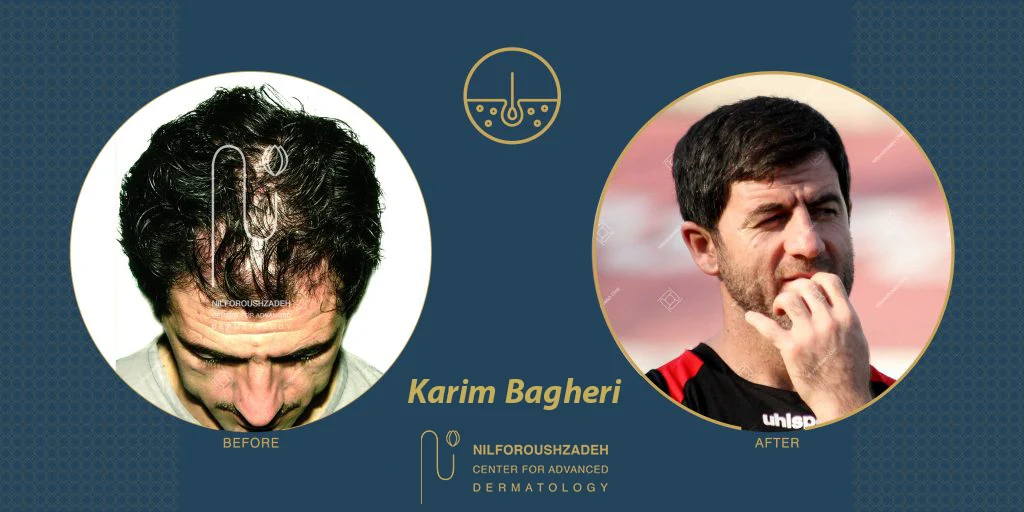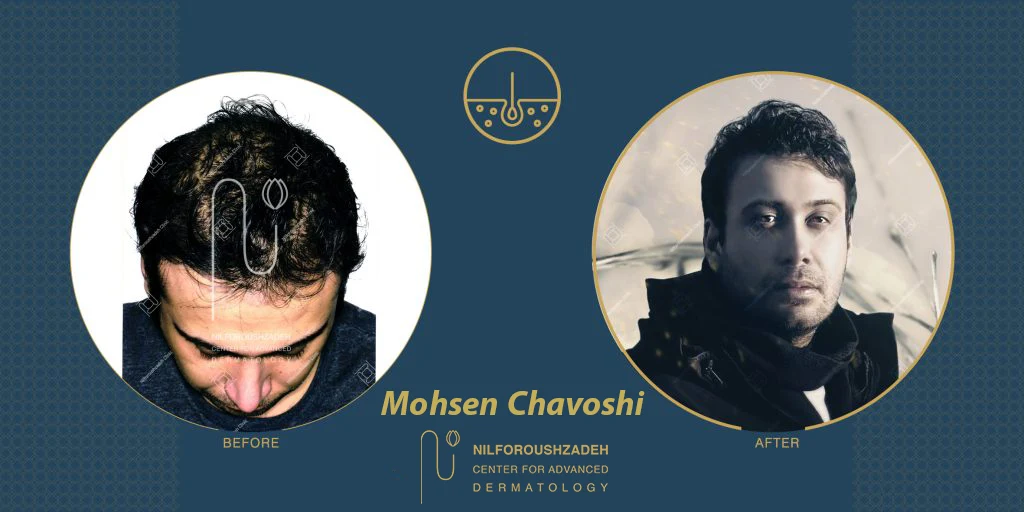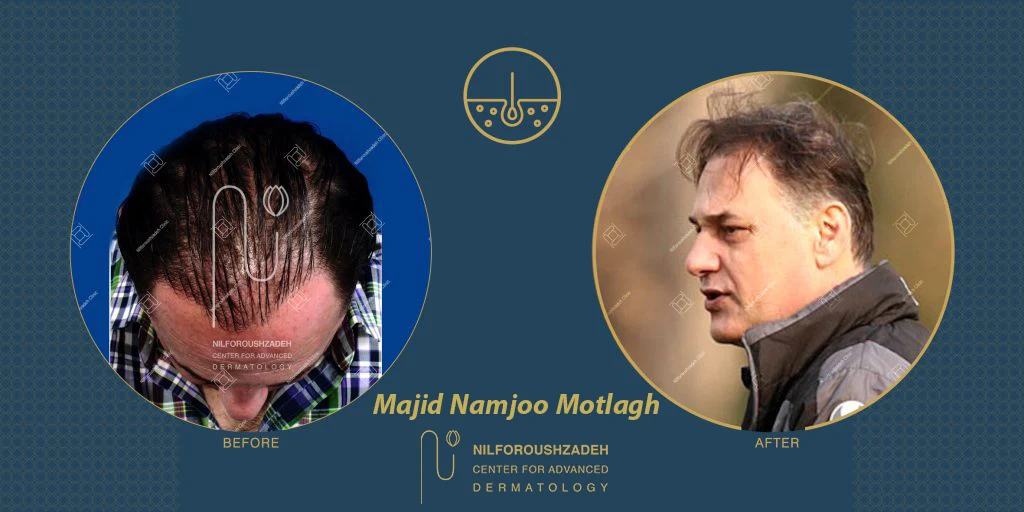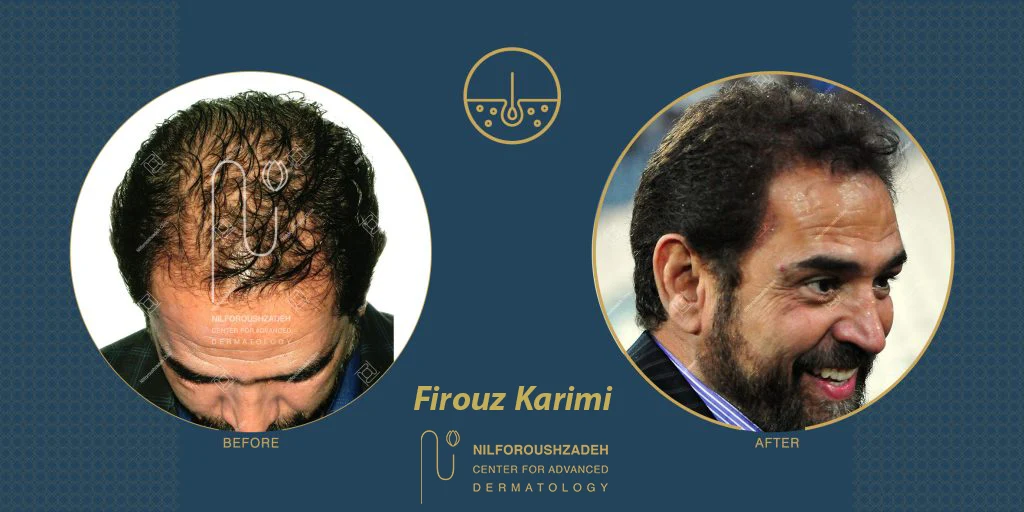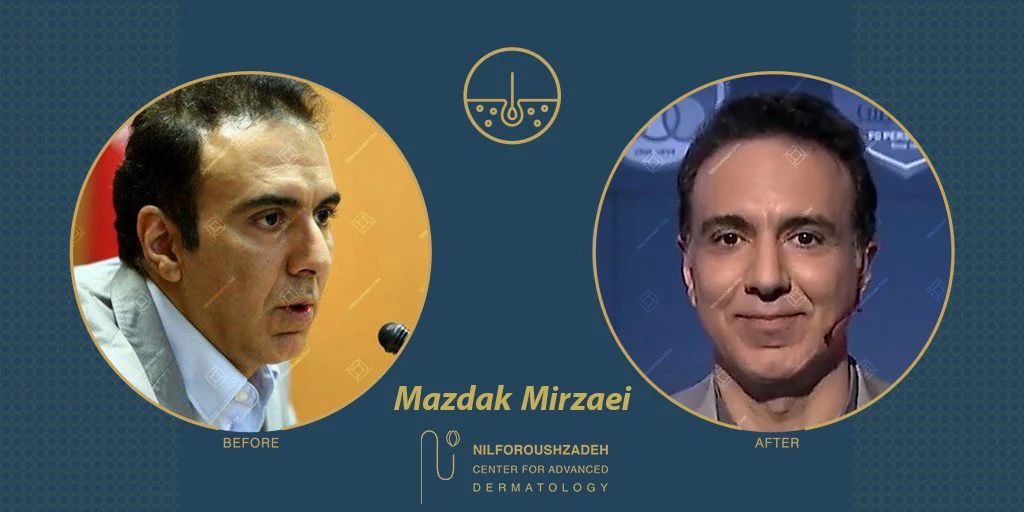What is a hair transplant?
Hair transplant is a procedure in which a dermatological surgeon relocates hair to an area of baldness on the scalp. The surgeon usually relocates the hair from the posterior or the side of the scalp to the anterior or crown.
Hair transplants typically occurs in our medical office under local anesthesia. Pattern baldness (male pattern baldness), also called androgenic alopecia, is the most common type of hair loss in men with over 50 percent of all men over the age of 50 being affected to it to some extent. This disease is responsible for the majority of hair loss and primarily depends on genetics. Other cases are due to a variety of factors including:
- Diet
- Stress
- Illness
- Genetics
- Medications
- Hormonal Imbalance
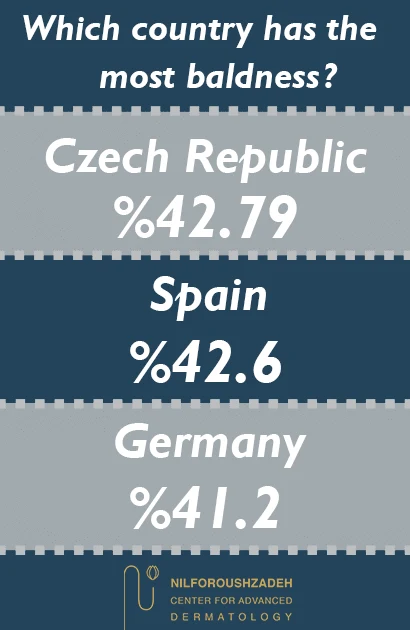
Who might benefit from hair transplant?
Receiving hair transplant can improve your appearance and self-confidence. Appropriate hair transplannt candidates include:
- men with male pattern baldness
- women with thinning hair
- individuals with hair loss due to a burn or scalp injury scars
Hair transplant isn’t a good option for:
- Women with widespread hair loss patterns throughout the scalp.
- Individuals who don’t have enough ‘donor’ hair sites from which hair needs to be removed for transplant.
- Individuals who are prone to keloid scar (thick, fibrous scars) formation post-injury or surgery.
- Individuals whose hair loss is due to medical reasons such as chemotherapy.
What happens during a hair transplant?
After a thorough cleanse of your scalp, a small injection with local anesthesia is applied by a surgeon to numb the specific area of your scalp.
Two main techniques are used to obtain follicles for transplant: FUT and FUE.
In follicular unit transplantation (FUT):
- The surgeon will use a scalpel to cut out a strip of scalp skin from the head’s posterior. The incision is typically several inches long.
- This area is then closed with stitches.
- The surgeon separates the extracted scalp into small sections using a magnifying lens and sharp surgical knife. These sections will help achieve natural-looking hair growth upon implantation
In follicular unit extraction (FUE), the hair follicles are cut out directly from the head’s posterior through hundreds and thousands of miniscule punch incisions. - The surgeon performs tiny holes with a blade or needle in the scalp area that’s receiving hair transplant. Transplant hairs are gently placed in these incision holes.
- Hundreds or even thousands of hair follicles may be transplanted in a single session.
- The scalp will be covered with graft, gauze, or for a few days to heal.
New Method of Combination Therapy
Nilforoushzadeh Clinic performs a third method which is the combination of the two methods mentioned above. This method is particularly useful for individuals who are mostly bald or one’s that only have a single chance for hair transplant.
A hair transplant session can take up to four hours. Stitches will be removed about 10-days post-surgery.
This method allows a large number of hair follicles to be implanted in a single session for suitable candidates. The superior benefit of this method is the minimization of a suture’s scar line in the scalp’s posterior.
A transplant consultation is advised prior to surgery in order to determine an individual’s specific treatment method. An individual might require up to three or four sessions to achieve the hair density that is desired. Sessions occur several months apart in order to allow each transplant procedure to completely heal . It’s vital to discuss the expect transplant outcome with your doctor or consultant in order to develop a realistic procedure outlook.
What happens after a hair transplant?
Your scalp may be sore and you may need to take medications following the hair transplant surgery. Such medications include:
- pain medication
- antibiotics to reduce infection risk
- anti-inflammatory medications to prevent swelling
Keep in mind that most individuals aree able to return to work several days after surgery.
It’s normal for the transplanted hair to shed two to three weeks post-procedure. This causes new hair growth. Most indivduals witness new hair growth 8 to 12 months post-surgery.
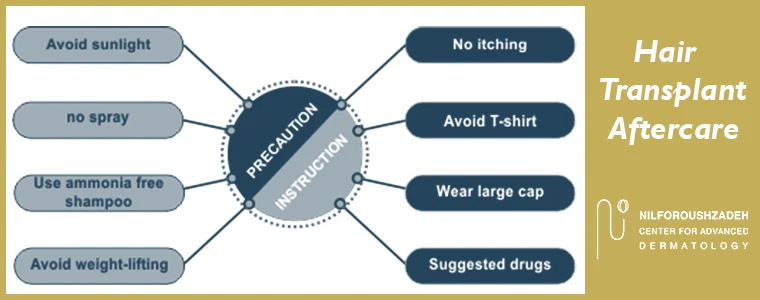
What are the complications associated with hair transplant?
Side effects are usually minor and will clear up within a few weeks. Symptoms include:
- Itching
- Bleeding
- Infection
- Scalp inflammation
- Bruising around the eyes
- Unnatural-looking tufts of hair
- Numbness or lack of sensation on the treated scalp areas
- Hair follicle inflammation or infection, also known as folliculitis
- Shock loss or sudden, but typically temporary, transplanted hair loss
- Crust formation on the scalp areas where hair was extracted or implanted
What is the long-term outlook after hair transplant?
Individuals who’ve had a hair transplant proecdure will typically continue to grow hair in the transplanted scalp areas.
The baby hairs may appear more or less dense depending on:
- Follicle density in the transplanted area
- Scalp laxity or scalp texture
- Hair caliber or quality
- Hair texture
